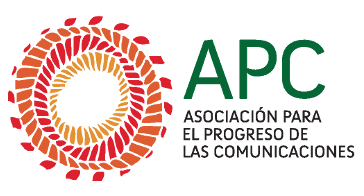Publicado el
Actualizado por última vez en
A bunch of us WAM-ers learned how to create a 5 minute radio news piece in just 50 minutes this morning! Sonali Kolhhatkar, host and producer of Uprising, whisked us through the anatomy of a radio news feature and how you put one together.
A bunch of us WAM-ers learned how to create a 5 minute radio news piece in just 50 minutes this morning! Lisa, a trainer from The National Radio Project, commented that she’d never seen such a succinct, practical training session on the topic.
Sonali Kolhhatkar, host and producer of Uprising and co-director of the Afghan Women’s Mission, whisked us through the anatomy of a radio news feature (written lead, narrative, soundbyte 1, narrative, soundbyte2, etc,) and how you put one together. What an amazing, dynamic woman, and she is a great singer too! (We heard her croon last night at the WAM! Slam!)
To get started, Sonali asked us to come up with a recent event that could be the topic of a news piece. Beena, a Pakistani, told of a marathon that happened recently in Lahore where in pre-trials, women runners had been attacked by extremists who had been arrested but then released without charge (and explanation) by the police. As she told us, Sonali was recording her. To her surprise, her account ended up as soundbyte1, setting the scene of the news story.
Another participant then took the fictitious role of the Pakistani chief of police who attempted to justify why the attackers had been released without charge.
Listening back to the recordings, we selected the soundbytes and transcribed them. We then wrote a narrative to introduce the story and each soundbyte. At that point, Sonali explained that you’d usually send your script to your editor for approval and amendments.
Janet, a TV documentary producer, then recorded the narrative in her best BBC-style. If she made a mistake when reading, she needed to stop, take a pause, and start the sentence again. Mistakes can be edited out.
Then we looked at CoolEdit, the audio software package used for putting together the various pieces of audio, fading in the entrance, fading out at the end, cutting out unwanted ‘ums’ and ‘ahs’ by the speakers. A free software that I’ve used before is Audacity. We followed our script to the letter. As Sonali pointed out, assembling the narrative and soundbytes in the right order is actually the easiest part.
We mixed the patched together files down into one mono sound file and listened to it. The narrative, though fictitious, sounded like the real thing!
Free Speech Radio News, a progressive US-based radio network, is always looking for stories and could be really interested in running (and paying for) stories from the APC network, said Sonali. If they are really interested in your stories, they may even train you to make radio programmes.


